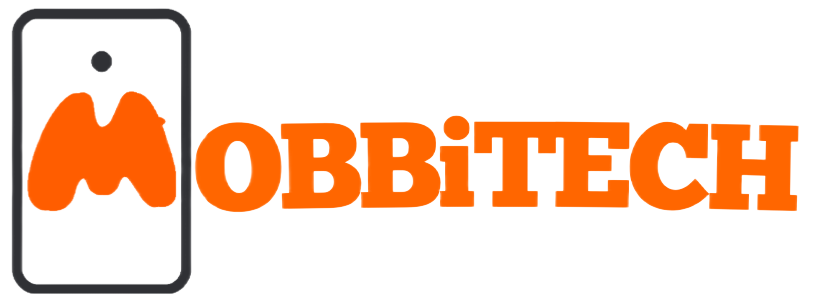Table of Contents
The role of a chief executive officer (CEO) is to lead an organization or company, by providing a clear vision and overall direction, while also acting as a figurehead for the business. While many other executives and employees work together to ensure the success of the organization, the CEO takes ultimate responsibility for corporate decisions and actions. It is a position that requires long hours, hard work, and the ability to deal with potentially high levels of stress.
So, how can recent and emerging technologies make life easier for those shouldering this responsibility?
An average day
There is no such thing as an average CEO, as their responsibilities vary from one organization to another. For any CEO, every working day is different, as new challenges and opportunities present themselves. Nevertheless, surveys suggest that around 72% of a CEO’s time is spent in meetings — a fact that these executives often bemoan.
Discussion and collaboration are vital, but everyone in business knows that meetings can be frustrating. Too often they are unproductive, or too time-consuming to justify the advances made. For a CEO like Patrick James of Trico Group, whose time is valuable and often in short supply, any technology that can reduce the time spent in meetings, or increase the benefits gained from them, is to be heartily welcomed.
Zoom fatigue
Video conferencing and virtual meetings have become commonplace, especially in today’s post-pandemic world. But these can be just as exhausting as face-to-face meetings — sometimes more so — and come with their own unique challenges. Remote meetings are meant to increase productivity and improve time management, but studies have shown that so-called ‘Zoom fatigue’ can dramatically reduce effectiveness.
Face-to-face contact has its own energy — something that is lacking in video conferencing. Talking to a screen all day can feel like you are using up your own energy without getting anything back. This can soon lead to lethargy and burnout. But given the advantages of virtual meetings in terms of geography, convenience, and health and safety, CEOs need to look for ways of improving these types of meetings through the use of new technology, rather than abandoning them.
Better meetings
Many CEOs say that long, unproductive meetings are their biggest single source of frustration. Executives would therefore appreciate new technology to make necessary meetings more efficient, and reduce the need for inessential meetings.
One major problem with business meetings is that the more participants there are, and the longer a meeting goes on, the more information is forgotten or misunderstood. This can be the case even if meetings are recorded, or minutes taken by hand.
Artificial intelligence

Artificial intelligence (AI) technology can be used to summarize meetings, analyze content for essential or important information, and filter out ‘noise’ — i.e., parts considered inessential. This digested version can then be quickly absorbed by the busy CEO, and acted upon.
However, this process relies upon the AI system being able to accurately recognize genuinely vital data and to know exactly what to keep and what to discard. For a long time, existing technology has not been advanced enough to do this consistently. But we are now at the point where AI can effectively parse and condense information from meetings so that CEOs, among others, can better manage their time.
Improved communication
It is not just executives who can benefit from AI-augmented meetings. The technology can equally be used to improve and increase information flow both horizontally and vertically, so that all participants and even stakeholders who were not present at the meeting can always be on the same page.
AI can translate and analyze meetings using custom-created algorithms, providing not only handy summaries but also insights and suggestions for immediate and long-term action. The CEO still remains in control, and makes the final decision, but now has an automated advisor at hand.
Secure cloud storage

Transcription technology and voice AI have already transformed traditional minute taking. Although these systems are still improving in terms of speech recognition, adapting to room acoustics, and other qualities, having an instant, digitally accessible record of meetings remains invaluable. These records can be stored on the cloud where they can be read, or listened to, by any legitimately interested parties. Passwords, encryption, and other methods can help to keep these records secure.
Technology can also be used to analyze the overall effectiveness of meetings by tracking engagement and sentiment, and by measuring the metrics of meetings against actual productivity data. The results can be used to determine whether certain meetings are necessary, or whether there are more efficient ways to touch base, share information, and make collective decisions.
This is just one way that new and emerging technology can help make a CEO’s life easier. By increasing the effectiveness of meetings, and reducing the time spent preparing for and attending them, CEOs will be freed up for other tasks like corporate strategy and research. For busy executives, AI and similar innovations are transforming the way business is done.
Also Read: Cloud Computing, Cloud Applications And How Does It Work For Business

